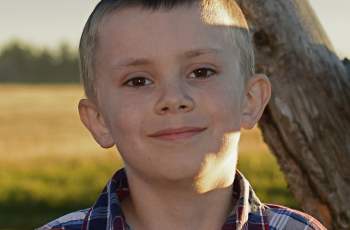Medulloblastoma
What is a medulloblastoma?
A medulloblastoma is a cancerous tumor (abnormal growth or mass of cells) that occurs in the posterior fossa, which includes the brain stem and cerebellum. The cerebellum is the part of the brain that controls balance, coordination, and other complex motor functions.
Medulloblastomas grow most often in the central part of the cerebellum, and less frequently in the outer parts of the cerebellum.
Medulloblastoma accounts for 15 to 20 percent of all pediatric brain tumors.
Medulloblastoma is a type of primitive neuroectodermal tumor (PNET).
What causes a medulloblastoma? Who is affected?
This type of tumor occurs most commonly in children between the ages of 3-8, but can be seen in children and adults of any age. The exact cause of most medulloblastoma tumors is unknown, but medulloblastoma may occur with certain syndromes like Gorlin syndrom or Turcot syndrome.
There are about 350 cases of medulloblastoma diagnosed each year in the United States.
Medulloblastoma is slightly more common in boys than in girls.
The outlook for patients diagnosed with a medulloblastoma depends on the patient’s age and how much the tumor spreads.
– If the disease has not spread, survival rates are around 70 to 80 percent.
– If the disease has spread to the spinal cord, the survival rate is about 60 percent.
– Children younger than age 3 often have lower survival rates because their disease tends to be more aggressive.
Where are the symptoms of medulloblastoma?
Symptoms often include headaches, morning nausea or vomiting that gradually gets worse, clumsiness, problems with handwriting or motor skills.
If the disease has spread to the spinal cord, symptoms may also include back pain and trouble walking.
How is a medulloblastoma treated?
Treatment usually consists of surgery as the first step. The goal is to remove as much of the tumor as possible. If the tumor is completed removed, the patient is often treated with radiation to the brain and spinal cord before receiving chemotherapy. If some of the tumor remains after surgery, or if the cancer has spread, the patient receives higher-dose radiation before chemotherapy.
Radiation therapy uses high-energy X-rays or other types of radiation to kill cancer cells or stop them from growing.
Chemotherapy uses powerful medication to kill cancer cells or stop them from growing and making more cancer cells. Chemo is injected or given orally so that it can travel throughout the body. Combination therapy is when more than one chemotherapy drug is used at one time.



















